Unraveling the Cat's Code: Twelve Emotions Revealed by Your Cat's Tail
As beloved members of our families, we always strive to better understand our pets to meet their needs as best we can. However, language barriers often leave many feeling perplexed, especially novice pet owners. Yet, beyond verbal communication, our furry friends' body language can convey a wealth of emotions. If you're struggling to navigate the ins and outs of bonding with your newly adopted kitten, fear not! This article, compiled by seasoned cat enthusiasts, is here to guide you. So, without further ado, let's delve into how to interpret your cat's emotions through their tail movements.
Upright Tail:
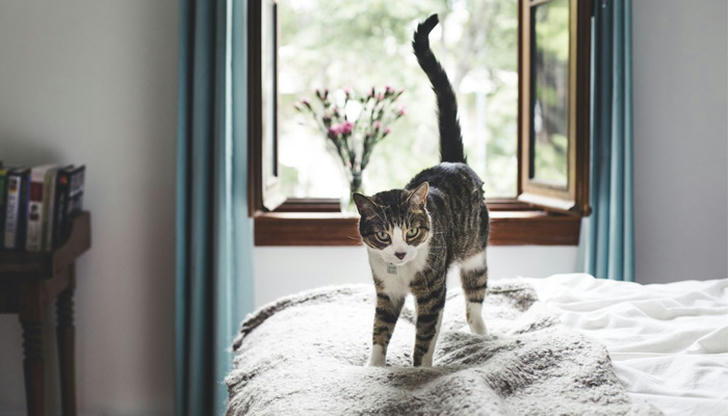
Imagine coming home after a long day, and your cat greets you with its tail held high in the air, vibrating with excitement. This upright position signifies happiness and contentment, reassuring you that your cat is pleased to see you.
Swinging Tail:
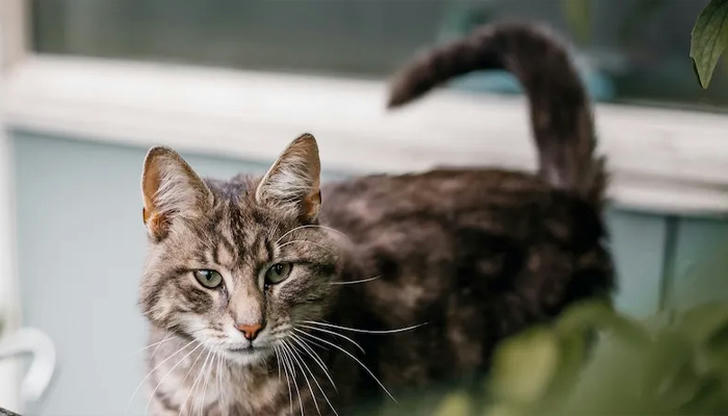
Picture trying to groom your cat, but its tail begins to swing from side to side. This subtle movement indicates that your cat is experiencing internal conflict or discomfort, signaling that it's time to back off and give your furry friend some space.
Pounding Tail:
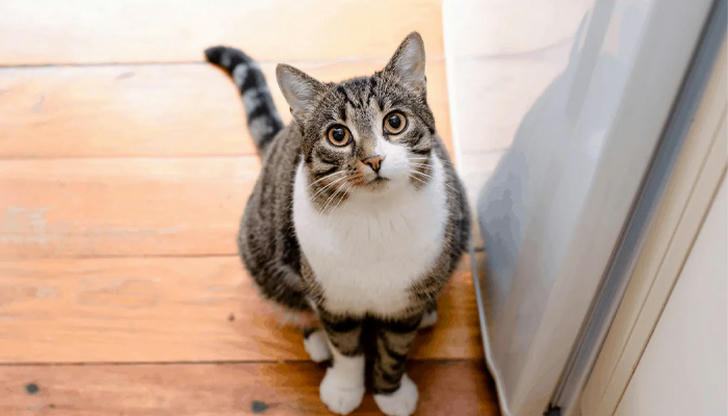
Have you ever witnessed your cat's tail pounding on the ground during playtime? It's as if your cat is expressing its sheer joy and enthusiasm through this rhythmic movement, adding an extra layer of excitement to the moment.
Antenna Tail:
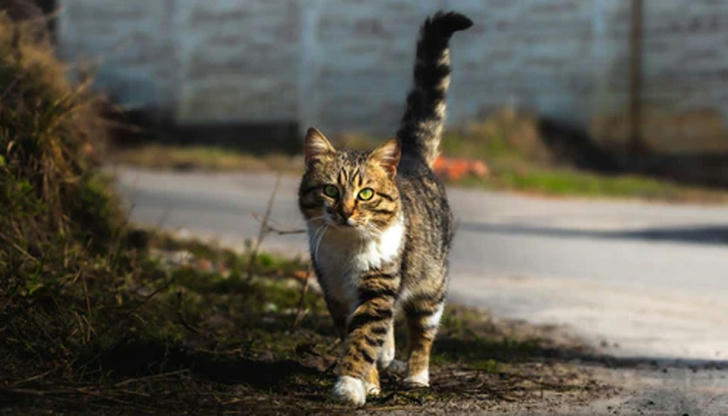
Imagine preparing your cat's favorite meal, and as you reach for the food bowl, you notice your cat's tail standing upright and vibrating slightly. This posture suggests anticipation and eagerness, indicating that your cat is eagerly awaiting its mealtime.
Hooked Tail:
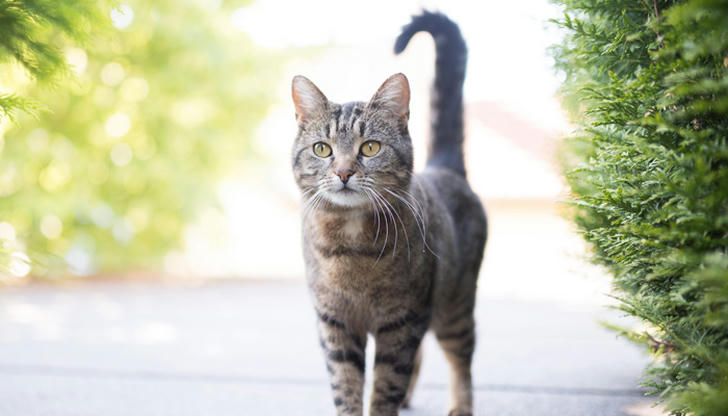
Consider a scenario where a guest visits your home, and your cat approaches them with its tail held high but with a small hook at the tip. This cautious yet friendly gesture demonstrates your cat's willingness to engage with the newcomer while remaining vigilant and aware of its surroundings.
Tightly Wrapped Tail:
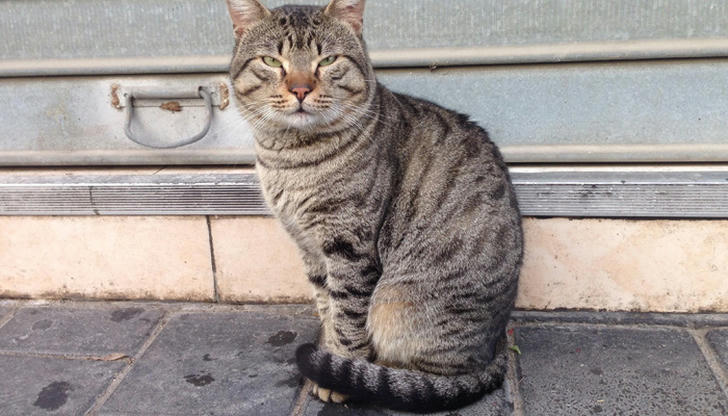
Perhaps you've encountered a situation where your cat curls its tail tightly around itself while visiting the veterinarian. This defensive posture reflects your cat's discomfort or anxiety in an unfamiliar environment, highlighting the importance of providing reassurance and comfort during stressful situations.
Tail Between Legs:
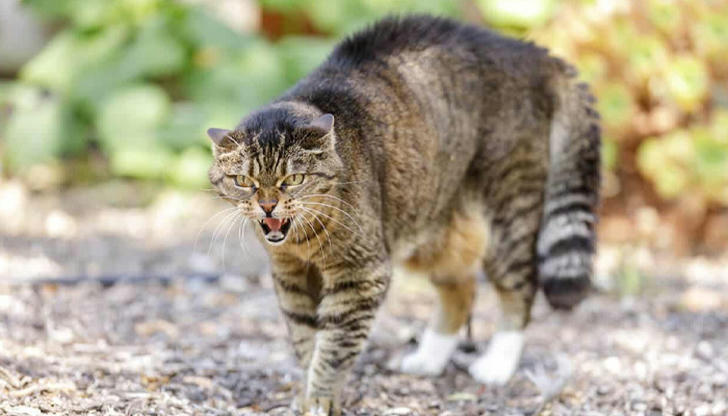
Have you ever observed your cat's tail tucked between its legs after encountering a loud noise or an unfamiliar object? This submissive stance reveals your cat's fear or unease, emphasizing the need for patience and understanding to help your cat feel safe.
Tail Straight Down:
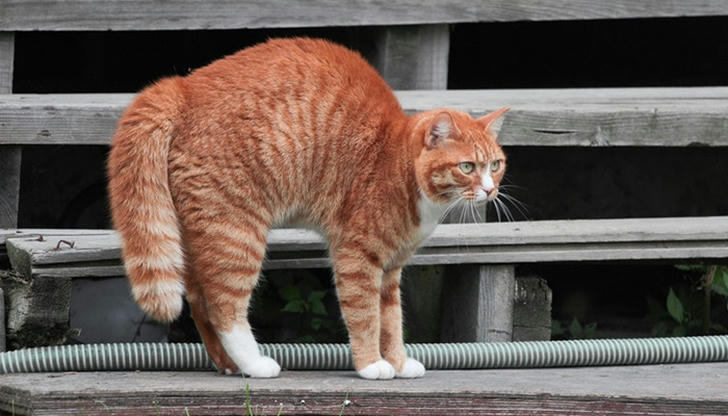
Imagine encountering a stray cat in your backyard, and its tail is held straight down near its legs. This defensive posture signals the cat's wariness and readiness to defend itself if necessary, underscoring the importance of approaching with caution and respect.
Slightly Drooping Tail:
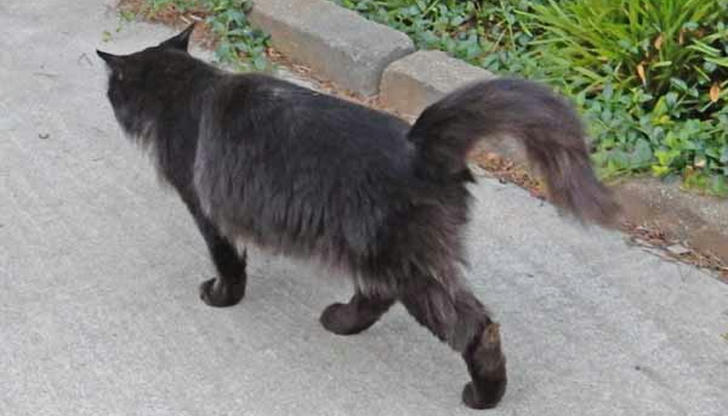
Visualize a serene moment spent cuddling with your cat on the couch, and its tail is gently drooping in a relaxed manner. This peaceful posture reflects your cat's contentment and comfort in your presence, reinforcing the bond between you and your beloved pet.
Fluffy Tail:
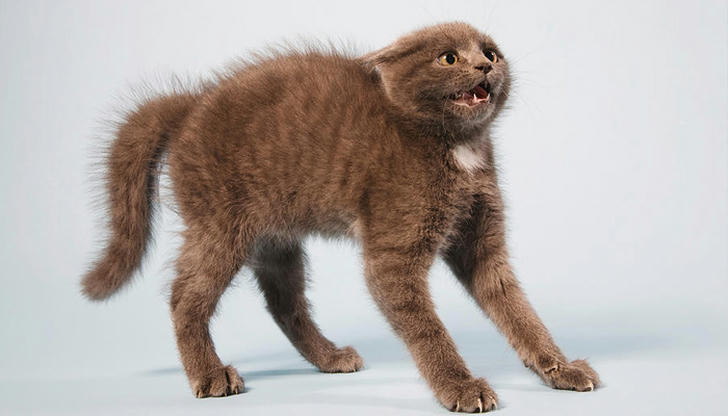
Consider a scenario where your cat encounters a territorial intruder in your home, and its tail puffs up like a bottlebrush. This aggressive posture serves as a warning sign, alerting you to potential conflict and prompting you to intervene and diffuse the situation calmly.
Shaking Tail:
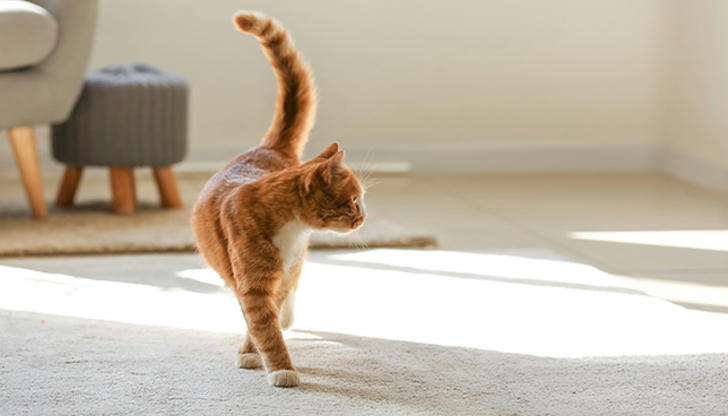
Have you ever observed your cat's tail shaking with excitement while stalking a toy or prey? This instinctive behavior mirrors the anticipation and focus exhibited by wild cats during hunting, showcasing your cat's natural instincts and agility.
Low Tail with Arched Back:
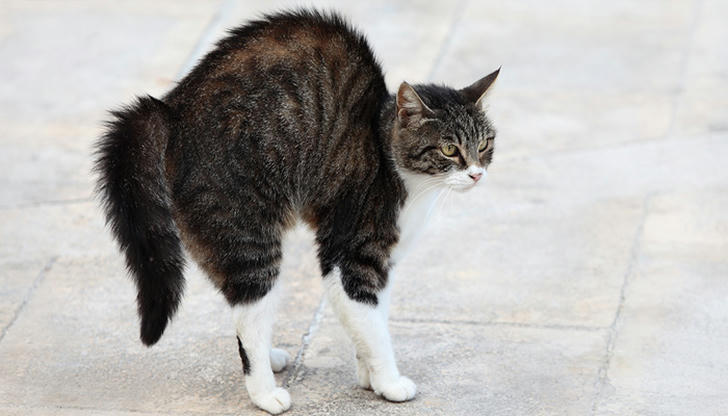
Picture your cat encountering a loud noise or unfamiliar visitor, causing its tail to droop low with its back slightly arched. This defensive posture reflects your cat's fear or apprehension, highlighting the need to create a safe and secure environment to alleviate its anxiety.
By grasping and reacting to your cat's tail signals, you can fortify your connection and offer the care and encouragement your furry companion requires to flourish. Whether it's a lively wag or a reassuring tuck, every tail stance provides meaningful clues into your cat's feelings and actions, enhancing your connection and guaranteeing a peaceful cohabitation with your cherished pet.
